Blonde Ale is a refreshing, easy-drinking beer style that bridges the gap between light lagers and more robust craft offerings. Known for its approachable flavor profile, this golden-hued brew combines subtle maltiness with a gentle hop presence. Interestingly, despite its name, Blonde Ale isn't always blonde – its color can range from light straw to deep gold. What makes this style unique is its chameleon-like ability to appeal to both craft beer enthusiasts and those new to the world of artisanal brews.

Blonde Ale is most celebrated for its approachability and subtle complexity. In the glass, it presents a range of colors from pale straw to deep gold, crowned with a frothy white head that often leaves delicate lacing. The beer's clarity is typically brilliant, though some versions may have a slight haze. As renowned beer expert Charlie Papazian notes, "Blonde Ale is like liquid sunshine – bright, inviting, and perfect for any occasion."
The aroma and flavor profile of Blonde Ale offer a delicate interplay between malt and hops. Malt character presents as lightly bready or grainy, sometimes with a hint of sweetness reminiscent of honey or biscuits. Hop aromas are typically low to moderate, often featuring floral, spicy, or fruity notes. The flavor mirrors the aroma, with a gentle malt sweetness balanced by subtle hop bitterness. Fermentation characteristics are generally clean, though some fruity esters may be present at low levels, adding complexity without dominating.
In terms of mouthfeel, Blonde Ale is characterized by a light to medium-light body with moderate to high carbonation, creating a crisp, refreshing texture. The finish is often dry to medium-dry, contributing to its easy-drinking nature. With an ABV range of 3.8-5.5%, Blonde Ales are versatile enough for session drinking or pairing with a wide variety of foods.
On the Standard Reference Method (SRM) scale, Blonde Ales typically range from 3 to 6, reflecting their pale straw to deep gold coloration. In the glass, a well-crafted Blonde Ale is a sight to behold – a golden elixir that catches the light, its effervescent bubbles rising to support a creamy white cap. It's an inviting beer that promises refreshment and subtle flavors, beckoning both novice and experienced craft beer drinkers alike.
Blonde Ales often serve as an inviting entry point for drinkers transitioning from mass-produced lagers to craft beers.
Their balanced nature and subtle complexity offer a glimpse into the craft beer world without overwhelming the palate.
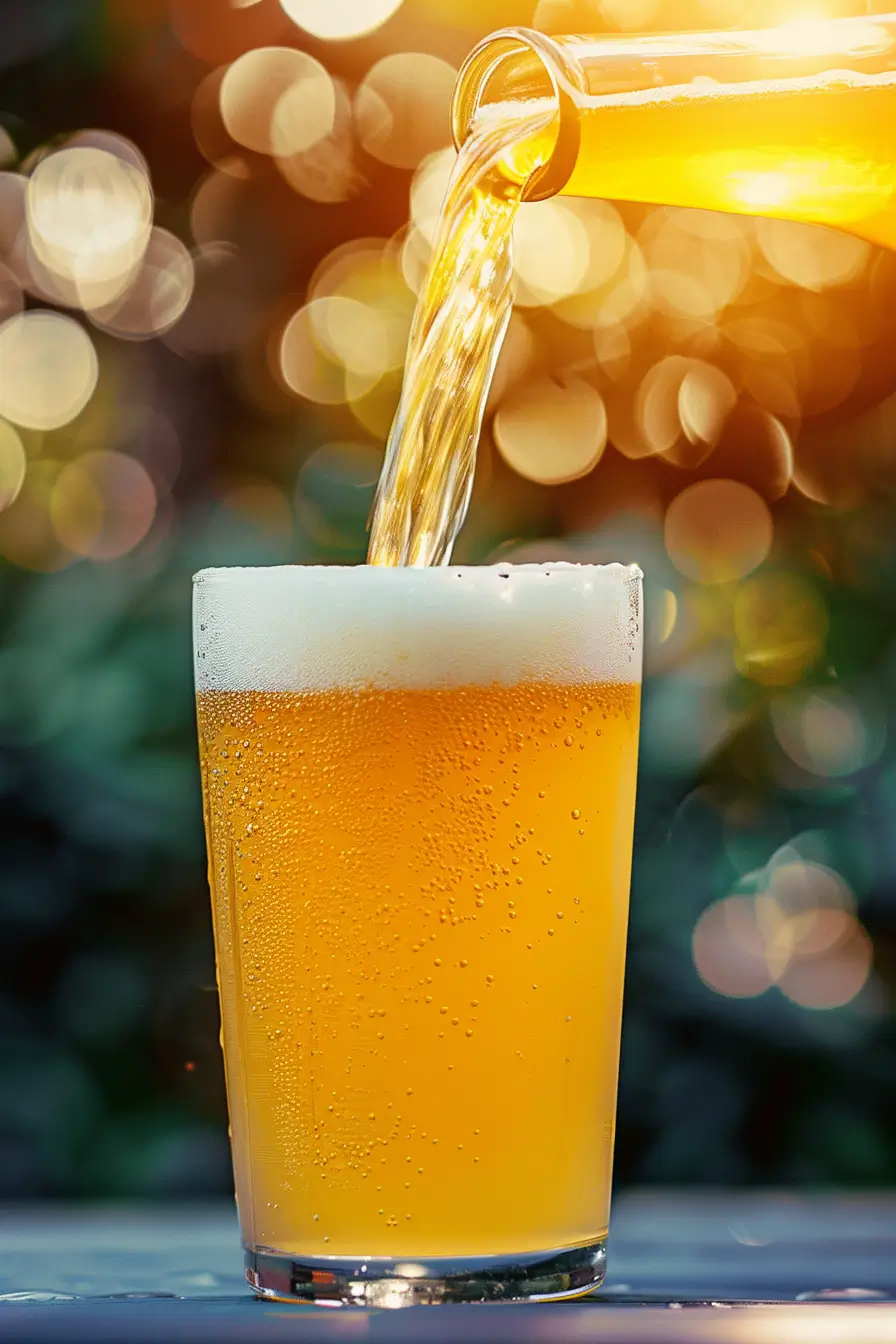

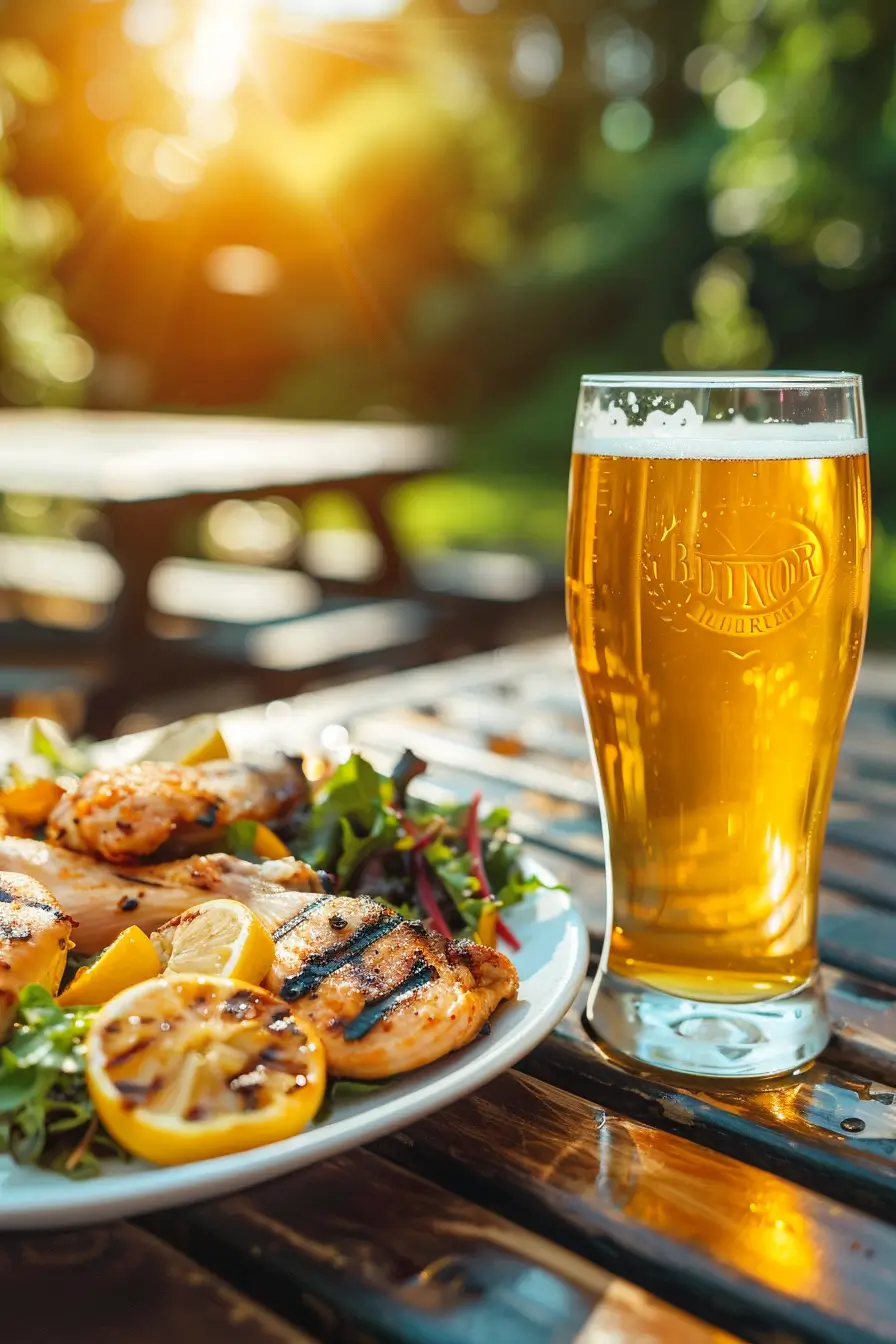
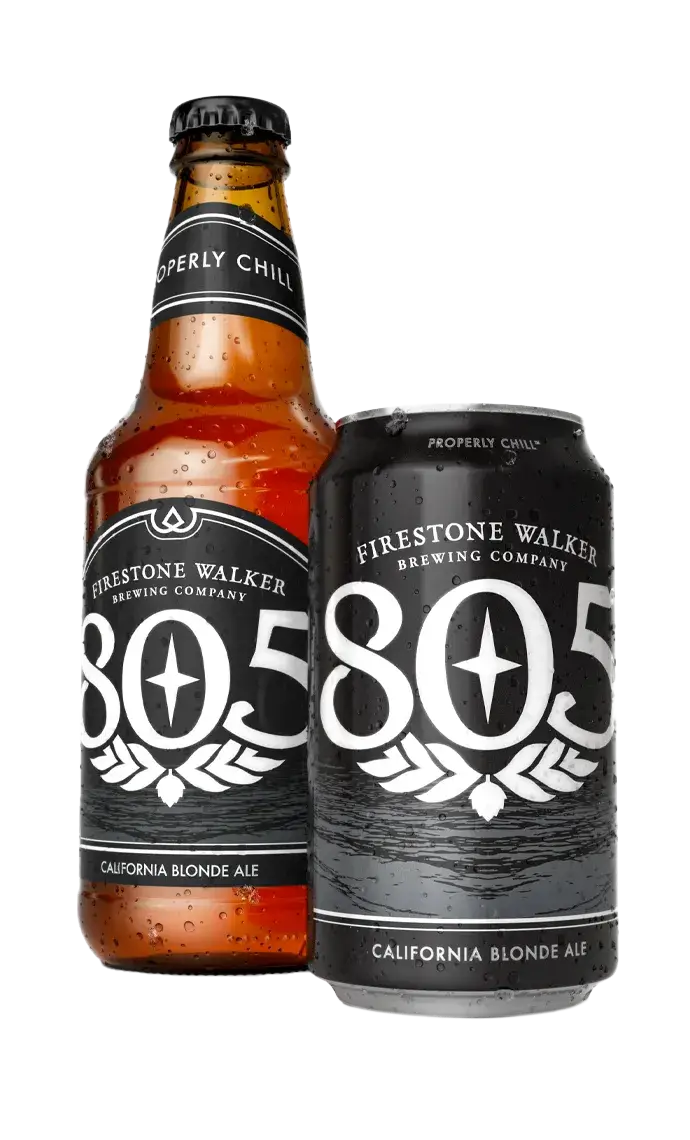

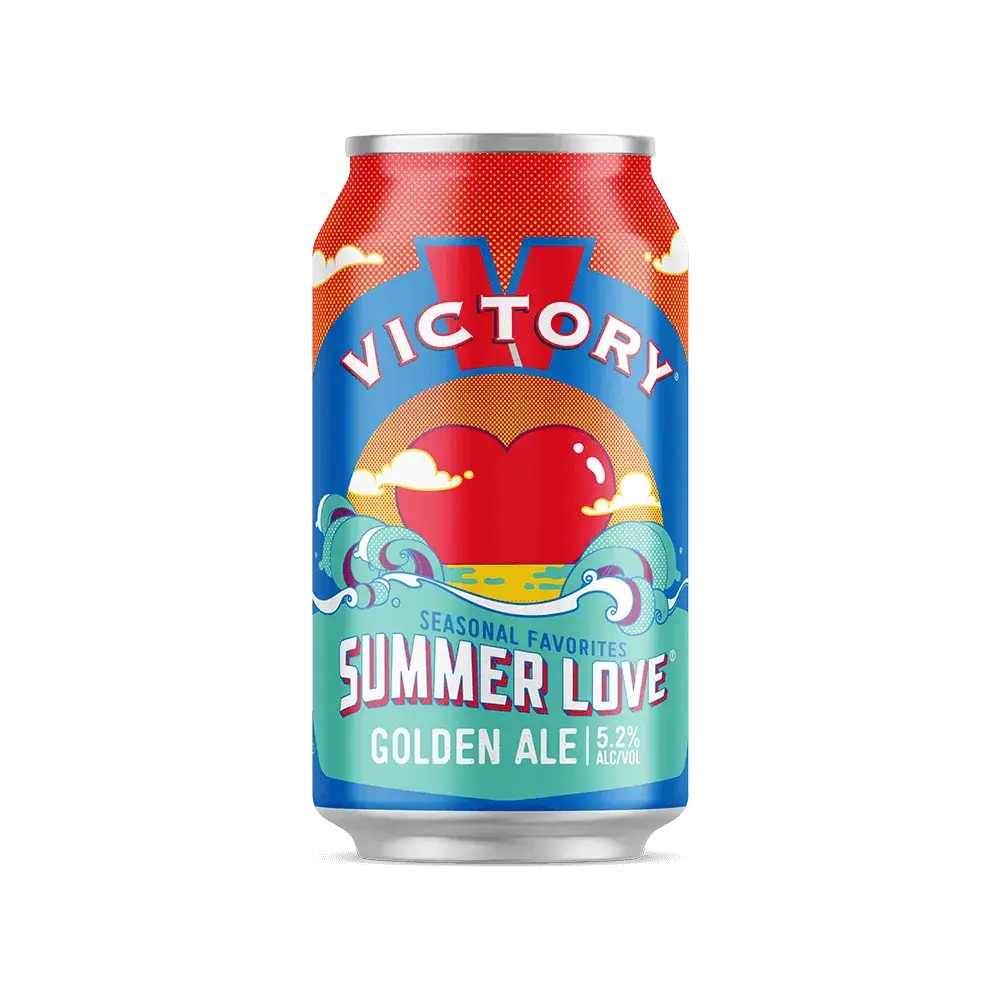
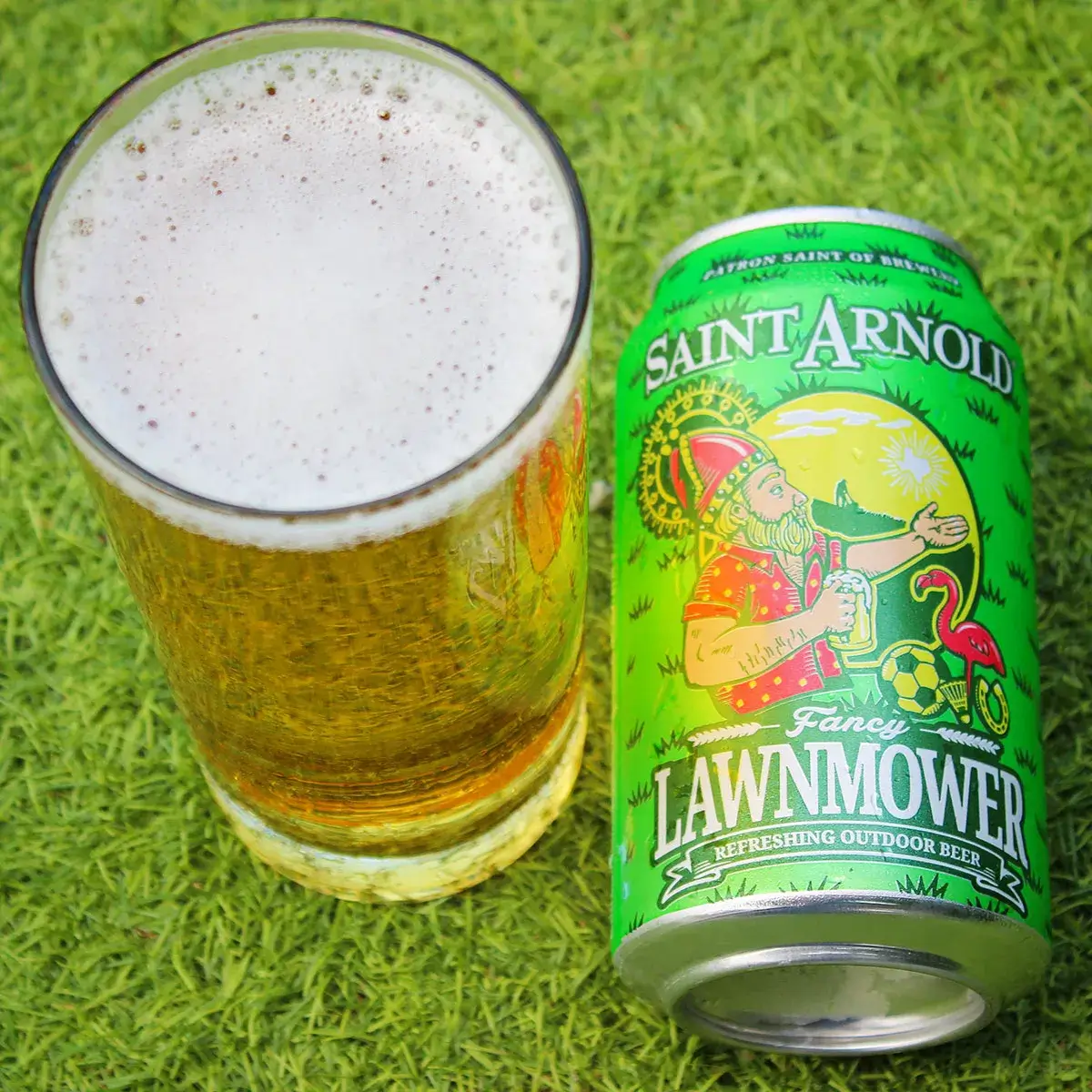

Brewing Blonde Ale is an exercise in subtlety and balance. The challenge lies in creating a beer that is flavorful yet approachable, with no single element overpowering the others.
Brewers must carefully select ingredients and control fermentation to achieve the style's characteristic clean profile and delicate flavors. The process requires precision in hop additions and fermentation temperatures to avoid introducing off-flavors that would be noticeable in such a light beer.


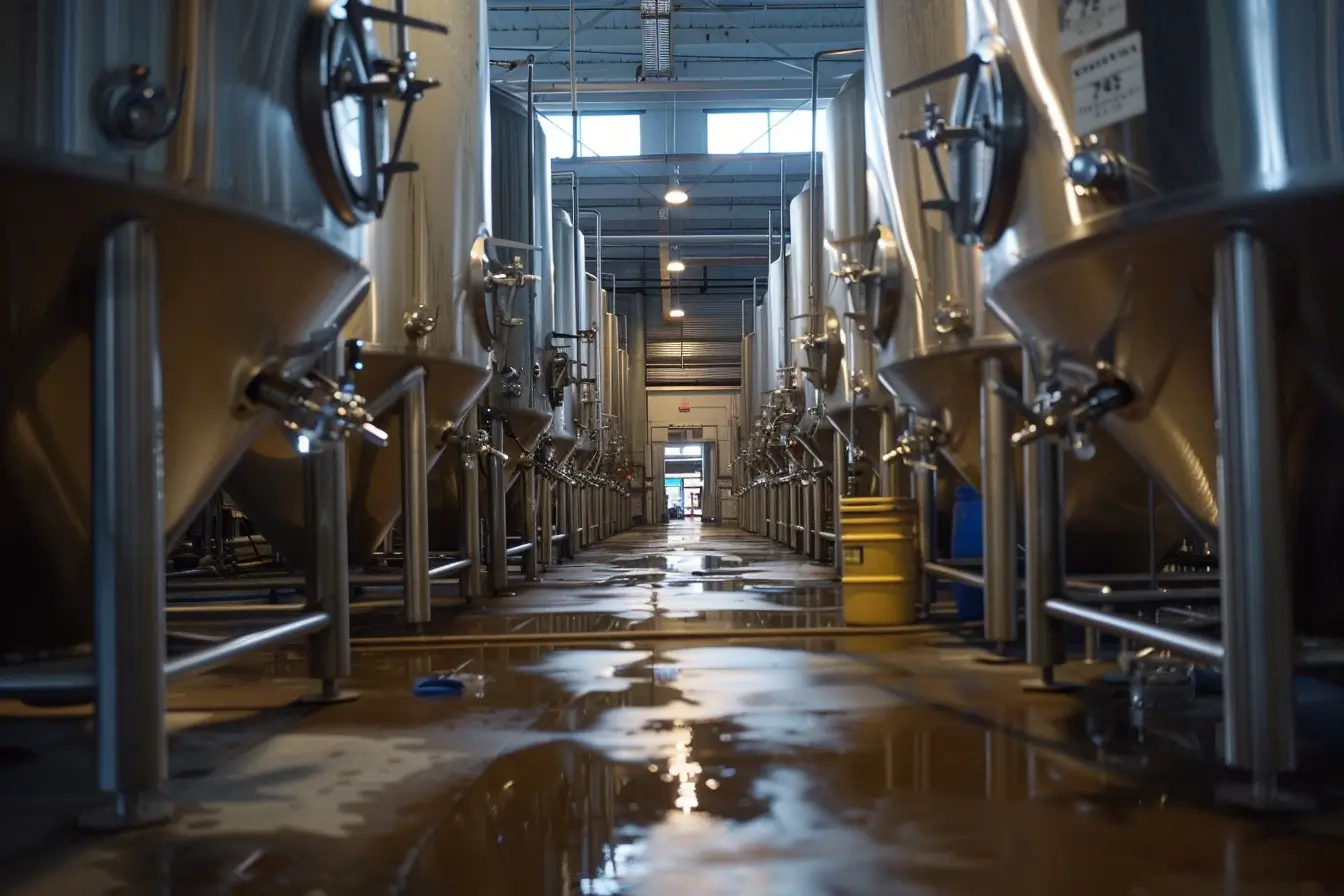

Blonde Ale emerged in the United States during the early days of the craft beer movement in the 1970s and 1980s. It developed as a response to the dominance of light lagers in the American beer market, offering craft brewers a way to create an approachable, flavorful alternative that could appeal to a wide range of drinkers. The style drew inspiration from various European light ales but was adapted to American tastes and ingredients.
As craft brewing gained momentum, Blonde Ale quickly became a popular offering in brewpubs and microbreweries across the country. Its accessibility made it an ideal "gateway" beer for those transitioning from mass-produced lagers to craft beer. The style's versatility also allowed brewers to experiment with subtle variations, showcasing their skills in creating balanced, nuanced beers.
Blonde Ale has played a significant role in shaping the craft beer landscape, helping to broaden the appeal of craft beer beyond hardcore enthusiasts and paving the way for the exploration of more diverse and complex styles.
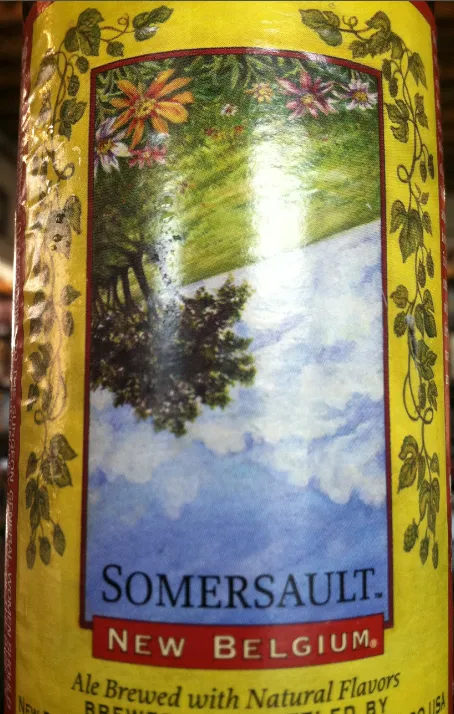
Craft brewers begin developing light, approachable ales to compete with popular American lagers.
The Beer Judge Certification Program (BJCP) recognizes "Blonde Ale" as an official beer style category.
Blonde Ale becomes a staple in craft brewery lineups across the United States.
The style gains popularity internationally, with breweries around the world creating their own interpretations.
Blonde Ale is widely recognized as a crucial "bridge beer" for introducing new consumers to craft beer.
Get quick answers to our most frequently asked questions about New England IPA (NEIPA)
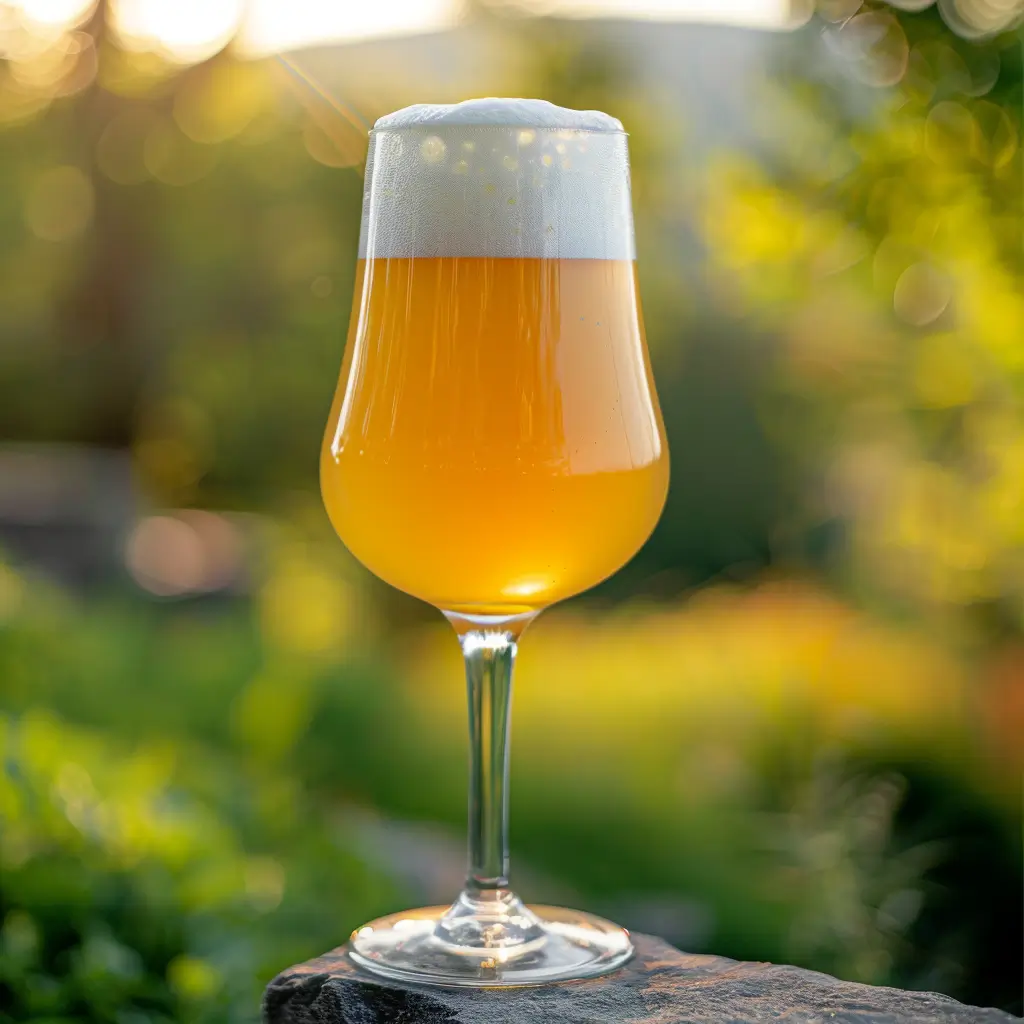
Want to read about other beer styles? We've got you covered!
The name refers to its light, golden color rather than a specific ingredient or brewing process.
Blonde Ale is typically more flavorful, with more pronounced malt and hop character, and is ale-fermented rather than lager-fermented.
While generally on the lower end, ABV can range from 3.8% to 5.5%, with some craft versions pushing higher.
While not typically hop-forward, some craft versions may feature more pronounced hop flavors and aromas.
While similar, Golden Ale often has a slightly more pronounced hop character and may be slightly stronger in alcohol.
Serve in a pint glass or tulip at 40-45°F (4-7°C) for optimal flavor and refreshment.
No, Blonde Ales are best enjoyed fresh to appreciate their subtle flavors and crisp character.
While not traditional, some brewers experiment with subtle fruit additions or honey to add complexity.

Want to read about other beer styles? We've got you covered!